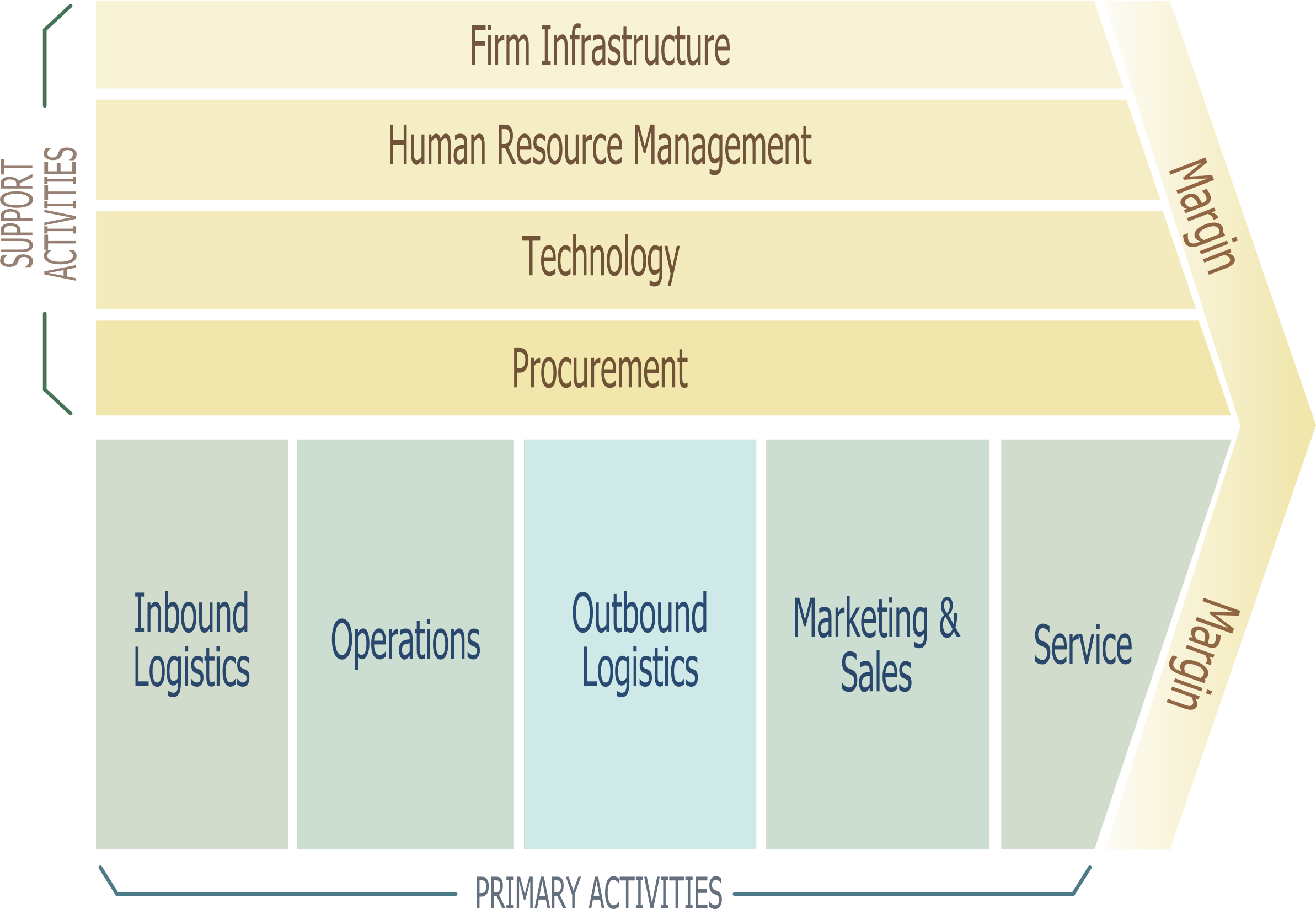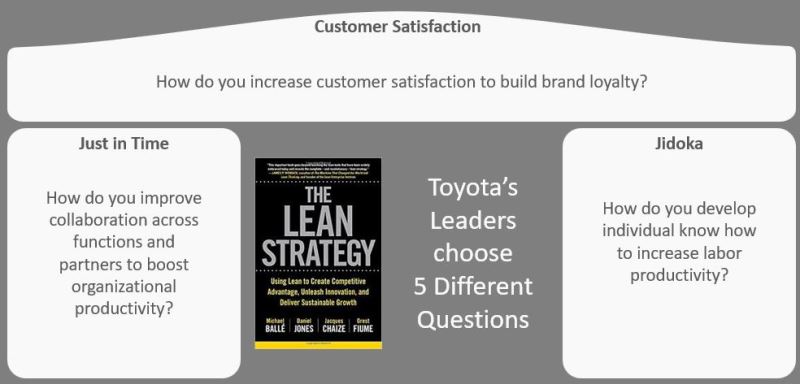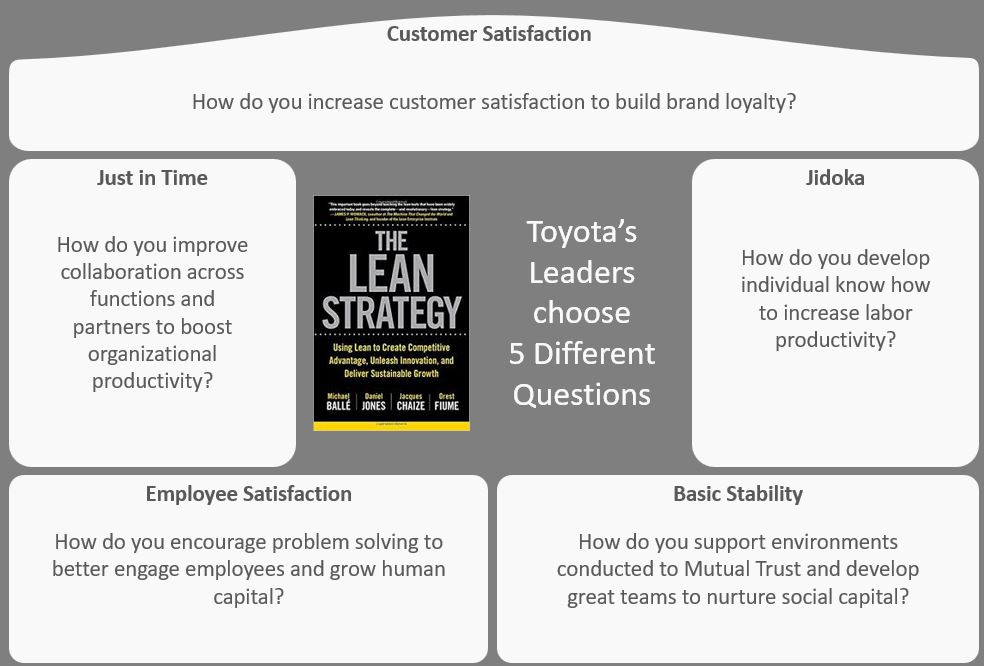My Amazon review of The Lean Strategy: Using Lean to Create Competitive Advantage, Unleash Innovation, and Deliver Sustainable Growth:
This may be the most powerful book I have read on Lean in the last 10 years. What the authors have done is transferred the knowledge of primarily Toyota to everyday organizational challenges outside of the automotive industry. The book reads well, I read it cover to cover in one day.
A favorite part of mine is the discussion around the importance of product development. However, the real gold in the book comes from the name itself, The Lean Strategy. It takes Lean and synthesizes the thinking to be applicable to any organization. However, the authors don’t sell you the fact that it is easy or say take these steps and you are immediately successful. They discuss what you need to do and what you need to practice and practice. The comparison between Porter’s key questions and Toyota’s is worth the price of the book.
The best part of the book will come after several more readings. For now, I will say the real value derived from the book will not be from what the authors say but what they empower you to think.
As you may have noticed, I like the book. The part of the book that I felt delivered the most value to me was the comparison
. In a new book, The Lean Strategy, the authors compare the 5 Key Questions of Michael Porters’ Strategy Model to the way Toyota’s work on strategy. 
Michael Porter’s Strategy Model Shaped by 5 Key Questions
- How do you respond to the bargaining power of customers?
- How do you increase our bargaining power over suppliers?
- How do you counter the threat of substitute products/services?
- How do you deal with the threat of new entrants?
- How do you better position among current competitors?
These questions the authors contend focuses on maximizing power and positioning. I agree and would add that all are very internally focused driving gains for the benefit of outsiders; customers and suppliers. Hardly what we are hearing from successful companies today. I think most of us would agree that Porter’s model is not only outdated but probably just plain broken in today’s world. The Lean Strategy/Toyota instead focuses on 5 different questions.
- How do you increase customer satisfaction to build brand loyalty?
- How do you develop individual know-how to increase labor productivity?
- How do you improve collaboration across functions (and other partners) to boost organizational productivity?
- How do you encourage problem-solving engage employees and grow human capital?
- How do you support an environment conducive to mutual trust and developing great teams to nurture social capital?
The Lean House naturally fits around what organizations do, sort of the Simon Sinek Golden Circle: Why, How and What. I have overlaid them on a Lean House model that was derived from the book.
However, I do want to clarify a few terms, paraphrased from the book:
- Just in Time is just not a term used in supply chain. In Toyota’s thinking, it is about teamwork and better learning. J-I-T is about creating collaborative workspaces, internally and externally where better coordination happens resulting in less waste.
- Jidoka is about a clear definition of work and the ability to know when to seek help or like I like to say understanding your boundaries. Jidoka is mastery, instruction.
I am going to utilize the thought process and the power of these 5 questions next week in my blog applying these question to real work and real applications. I will also mix in an interview with one of the authors, Dan Jones, and a video about applying these questions to issues raised from HR participants and presenters at the Society for Human Resource Management 2017 annual conference. I will also include how an upcoming conference that I am working with Lean People Development Summit focused on the SHRM17 issues through the Lean House Model.
If you want to think Lean you need to go and see. Or, maybe first you might want to go and read The Lean Strategy: Using Lean to Create Competitive Advantage, Unleash Innovation, and Deliver Sustainable Growth.


